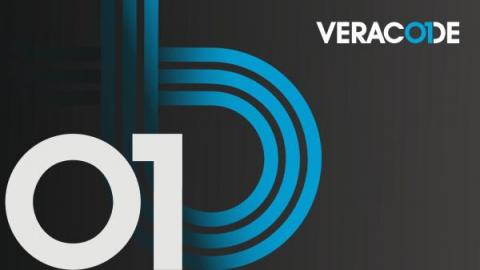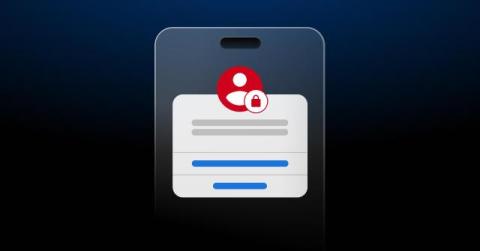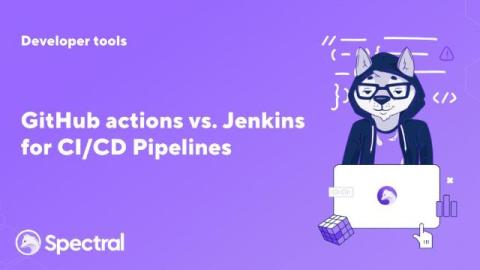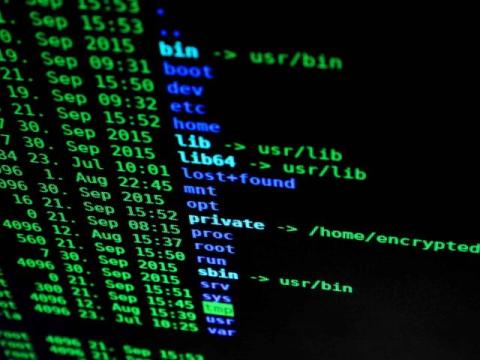5 Predictions About Managing Software Risks in 2025
How does the exponential advancement of technology impact the security landscape? It makes managing the fundamental risk of the technology, the software, exponentially more complex. From AI accelerating risky code production to cloud infrastructure increasing the attack surface, the world of application risk management is enduring a rapid transformation that needs immediate attention.











